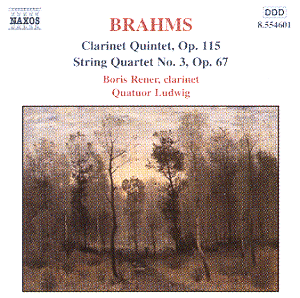 Composer: Johannes Brahms
Composer: Johannes Brahms
Works: Symphony No. 2 in D, Op. 73; Felix Mendelssohn, Symphony No. 4 in A, Op. 90, The Italian
Performers: National Philharmonic Orchestra (1972), conducted by Leopold Stokowski
Recording: Recorded in EMI Studio One, Abbey Road, London, 4th, 5th & 9th April 1977 (Brahms) and 31st May, 2nd and 4th June 1977 (Mendelssohn)
Label: Cala Records
The historical significance of Brahms’ Symphony No. 2 and Mendelssohn’s Italian Symphony cannot be overstated, as both works encapsulate their respective composers’ mastery of orchestral form and emotional expression. Brahms, often seen as a Germanic counterpart to the more lyrical Mendelssohn, crafts a symphonic landscape that combines structural rigor with lush melodies. Mendelssohn’s Italian Symphony, born from his travels and infused with the vibrant spirit of Italian culture, is a testament to his ability to convey joy and exuberance through orchestral color and rhythmic vitality. This recording, featuring the National Philharmonic Orchestra under the legendary conductor Leopold Stokowski, presents these masterpieces with a freshness that belies Stokowski’s advanced age during the sessions.
The performances are imbued with a palpable sense of energy and engagement that is often elusive in studio recordings. Stokowski’s interpretation of Mendelssohn’s Italian Symphony begins with an Allegro vivace that, while brisk, avoids the tendency to rush through the material. The buoyancy of the opening movement is complemented by an exquisite balance between the woodwinds and strings, allowing the thematic material to emerge with clarity and grace. Notably, the second movement, Andante con moto, retains a forward momentum that prevents it from stagnating, showcasing Stokowski’s ability to maintain the work’s inherent lyricism without sacrificing vitality. The Scherzo, often treated as an afterthought, here breathes with a lightness that underscores its playful character, a quality that can be overshadowed in more heavy-handed interpretations.
Brahms’ Second Symphony is equally well served by Stokowski’s insights. The conductor’s decision to include the first movement repeats—a practice often neglected—allows for a deeper exploration of the thematic development, enhancing the work’s organic growth. The opening Allegro non troppo unfolds with a controlled yet expansive sense of direction, each phrase allowed to resonate fully before transitioning to the next. Stokowski’s approach reveals the intricate architecture of Brahms’ writing, where moments of introspection are beautifully juxtaposed with the symphonic drive. The second movement is marked by a lyrical flow, where the strings sing with a warm, rounded sound, evoking the pastoral quality that Brahms intended.
The recording quality is commendable, capturing the nuances of the orchestra’s sound with remarkable fidelity. The engineering team has ensured that the balance between sections is maintained, allowing the listener to appreciate the dialogue between instruments. This clarity is particularly effective in the third movement of Brahms’ symphony, where the distinct phrasing delineates the structural paragraphs, effectively guiding the listener through the intricate web of themes.
Comparatively, while Stokowski’s interpretations may not supplant those of Abbado, Karajan, or Barbirolli, they offer a unique perspective that enriches the existing discography. The vigor and spontaneity in these performances might appeal to those who seek a less conventional reading of these canonical works.
The combination of Stokowski’s seasoned artistry and the National Philharmonic Orchestra’s vibrant playing creates a captivating listening experience. This disc stands as a reminder of Stokowski’s enduring legacy and the vitality that can emerge even in the twilight of a storied career. Each performance presents a refreshing interpretation that is both respectful of the scores and imbued with a spirit of discovery. A truly remarkable release that deserves a place in any classical music collection.



